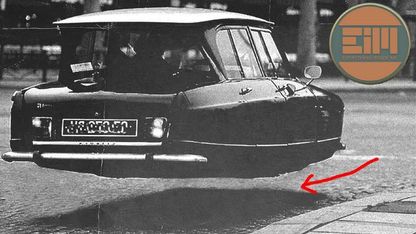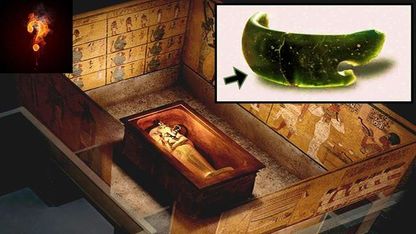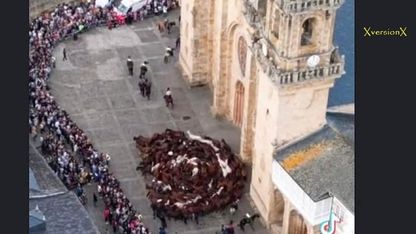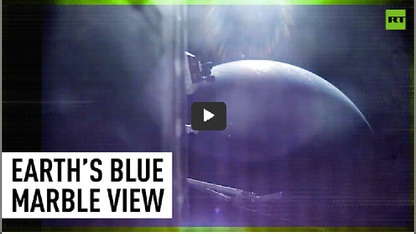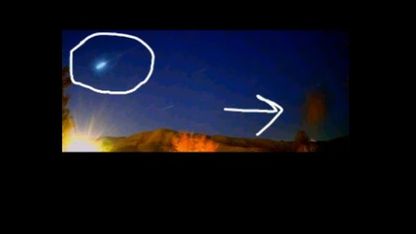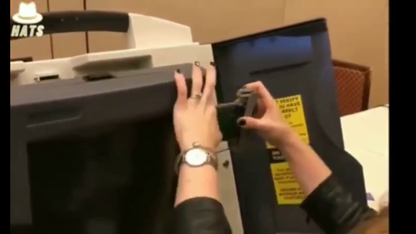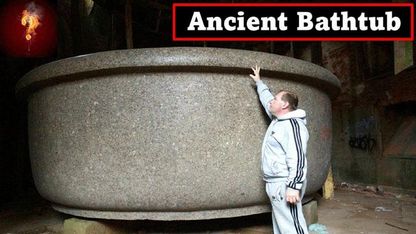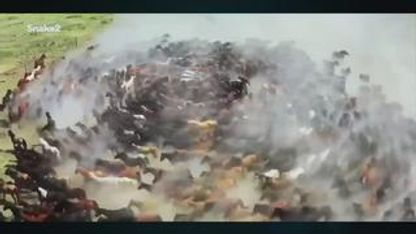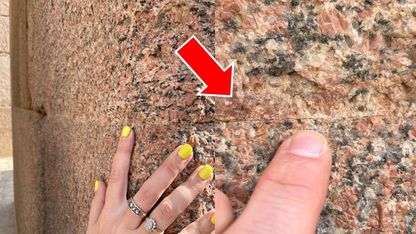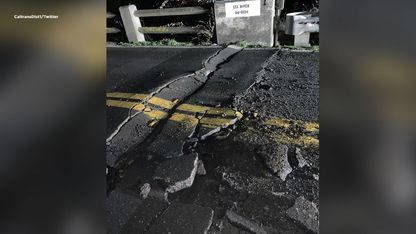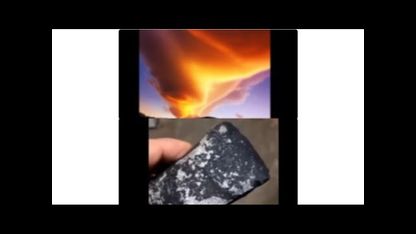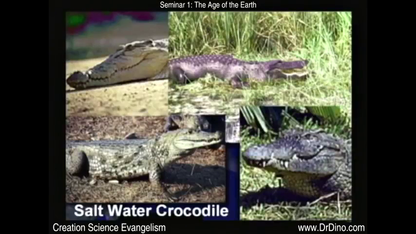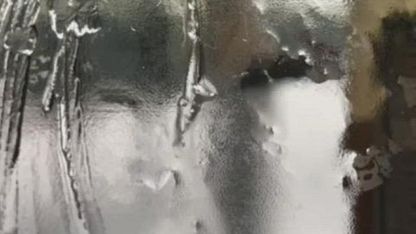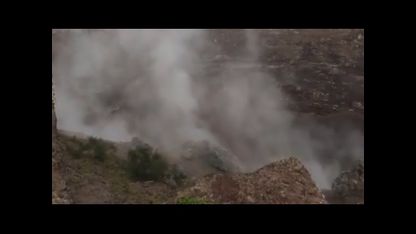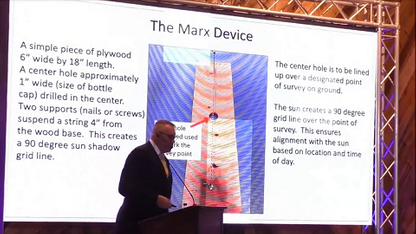Bright Insight
Nov 2, 2021
Remember when they said Ancient Egyptian stones were so precise, that a Razorblade, or even a hair couldn't fit between them? Well, THIS is what they meant by that. Did the the Egyptians have a lost ancient technology?
Thanks for watching! I'm Jimmy Corsetti, and my channel is called Bright Insight.
Help support me in my efforts by supporting me on Venmo! @bright_insight
Or, by contributing to my Patreon! https://www.patreon.com/BrightInsight
Follow me on Instagram: https://www.instagram.com/bright_insight
Follow me on TikTok: https://vm.tiktok.com/ZM8u3XBhL/
some comments from the website:
Neville Bartos
I work in stonemasonry, programming & operating machines that cut all types of stone. Black Granite & quartzite being the most difficult to cut. But cutting isn’t the issue. Even with expensive diamond tipped saws or a water jet at 60,000 psi , cutting the stone is relatively achievable (obviously technically advanced in terms of tooling) with the tools we use. The issue we have is moving and placing them in position without pieces blowing out when a corner barely touches something. If we pick a piece of granite Bench-top up at either end it can easily just break in two. Although tough to cut it’s incredibly fragile, as veins running through it are far less dense, and easily crumble apart. Bits that fall to the ground are literally collected and glued back into place, as to retain as natural look. All stone edges have a bevel or little rounded edge for structural integrity on the edges. Corners and edges can chip so easily. If you had a 15 tonne block of granite with polished faces and square edges/corners I literally cannot fathom how gentle you’d have to be to manoeuvre it into position without bits just breaking off when bumped even slightly… for all these square corners to be perfectly intact indicates to me very advanced stonemasonry to say the least. & then consider moving them?!! People don’t realise what this weight entails when using such a hard yet fragile material
Richard Lees
great engaging video. I would love to see xray or other penetration imaging of a structure. When I look at many of these photos my theory is we're seeing a 'facing' or trowelled mortar surface. The 'cuts' being expansion joints similar to what we do in concrete today . This leaves some major questions because there's no evidence of 'rebar' for lack of a better term. BUT... it's just possible the major block is 'cast' within a form, coated with slurry without aggregate, trowelled and expansion joints (appearing like seams) cut in after. Just my opinion as a concrete contractor where we strategically 'cut in' joints after the fact. Fun is speculating how this all got done. Bronze is WAY too soft and they were a long way away from Milwaukee Diamond tipped blades spinning in a cut-off saw cooled with water.
Mirrored from https://www.youtube.com/watch?v=0Oe1--ss51Q
FREE email alerts of the most important BANNED videos in the world
Get FREE email alerts of the most important BANNED videos in the world that are usually blacklisted by YouTube, Facebook, Google, Twitter and Vimeo. Watch documentaries the techno-fascists don't want you to know even exist. Join the free Brighteon email newsletter. Unsubscribe at any time. 100% privacy protected.
Your privacy is protected. Subscription confirmation required.


